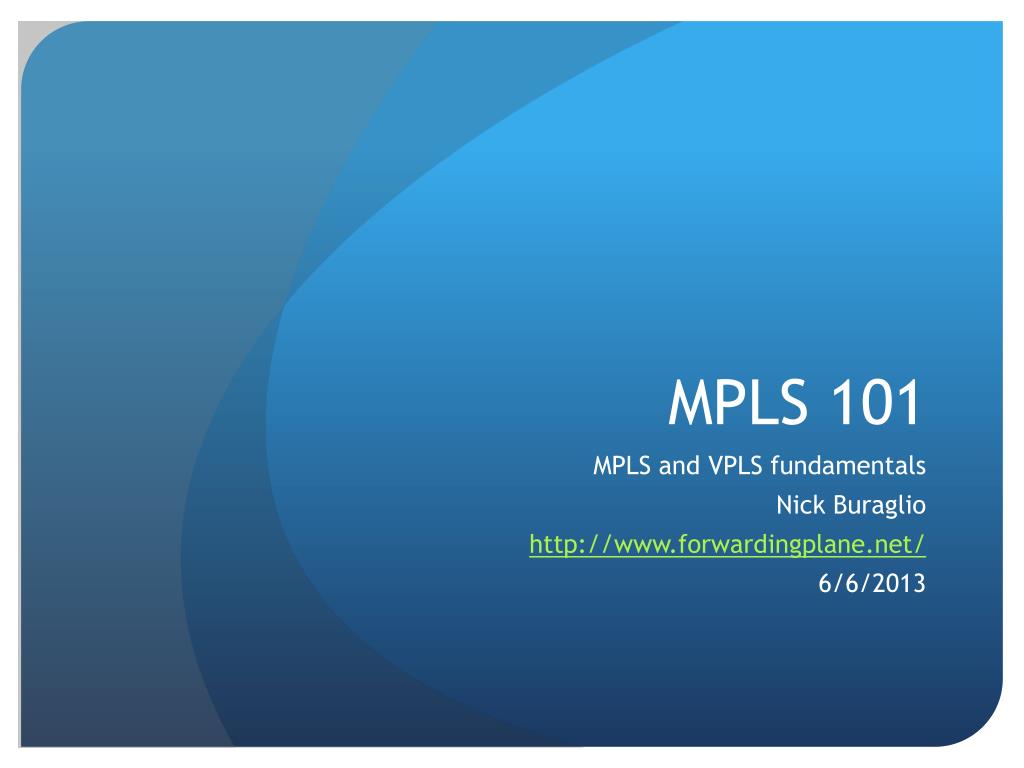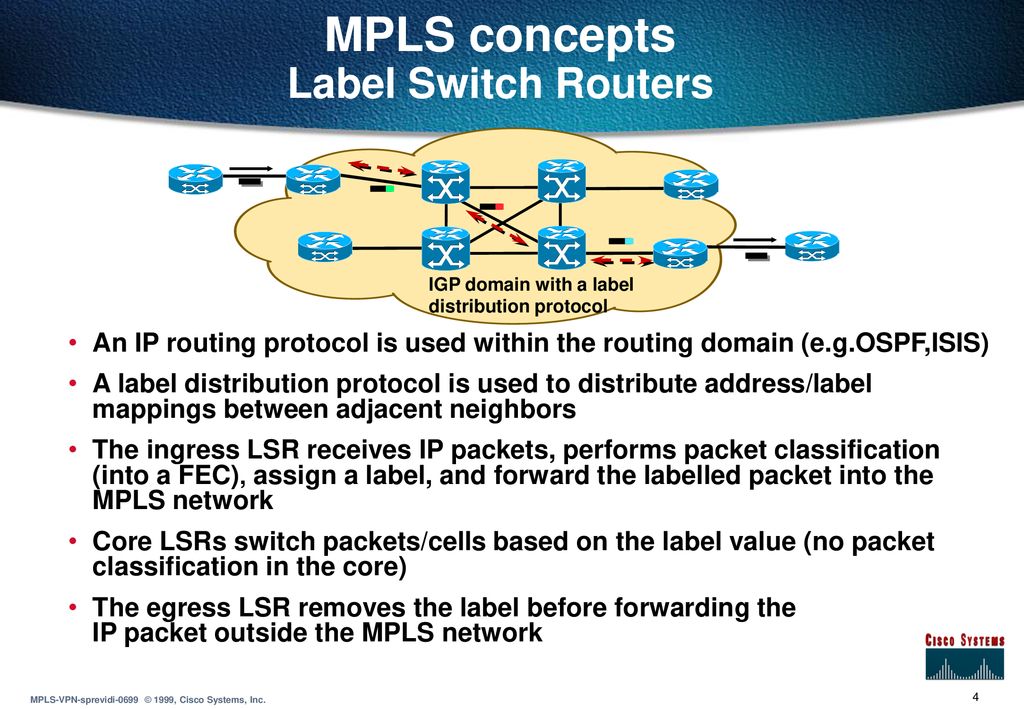

Text can be integrated with images where that is appropriate and doesn’t just encourage guessing. Pupils can find it harder to concentrate, so the way we integrate words and pictures or graphs is important. For example, when using recorded lessons, clarity of explanations becomes even more important as we can’t as easily correct misunderstandings or misconceptions.Īnother example is the ‘split attention’ effect. There are of course some things that need more careful consideration when teaching remotely. We can’t expect them to be able to discover new content for themselves through tasks, projects and internet searching. Just as in the classroom, most pupils will be novices in what we are teaching them. It’s also vital to have clear and high expectations and to communicate these to pupils. For example, it’s useful to provide pupils with an overview of the bigger picture and where a specific lesson or activity sits within a sequence of lessons or activities. More important is attention to the key elements of effective teaching. Simple graphics that highlight the key concepts and features we want to teach can be most effective. Just as we don’t need ‘all-singing, all-dancing’ lessons in the classroom, remote education often benefits from a straightforward and easy-to-use interface. When using digital remote education, the platform we use shouldn’t be too complicated to use. We also don’t need to overcomplicate resources with too many graphics and illustrations that don’t add to content. We don’t have to make huge changes to the way we teach. Our brains don’t learn differently using remote education, so everything we know about cognitive science and learning still applies. Any worksheets should be aligned with the curriculum and provide meaningful work. However, when using textbooks or worksheets it is still important to make sure that teachers can provide feedback and assess learning. It can also be easier to access for some pupils. All schools/colleges should have access to a digital platform so they can provide online education where that is the most appropriate method.Ī good textbook can provide the curriculum content and sequencing pupils need. Sometimes, it may be more effective to deliver remote education through worksheets or a textbook. Remote education is not the same as digital education. Curricular goals should be made as explicit remotely as they would be in the classroom. And, just like the classroom curriculum, it needs to be carefully sequenced and ensure that pupils obtain the building blocks they need to move on to the next step. The remote education curriculum needs to be aligned to the classroom curriculum as much as possible. This means that everything we know about what a quality curriculum looks like still applies. The aim of education is to deliver a high-quality curriculum so that pupils know more and remember more. 1: Remote education is a way of delivering the curriculum Note that they are not in order of importance. Here are 7 things to think about when providing remote education.

Below, we counter them with evidence-based pointers. None of these things are necessarily true.


This short guide, which draws on findings from our interim visits, research and literature review, aims to provide some useful tips. Likewise, we know there are difficulties and challenges that schools, colleges and teachers face in doing so. As we move into a third national lockdown, with remote education for most pupils once again the default, we are of course very aware of the heroic efforts of leaders, teachers and staff in developing remote education.


 0 kommentar(er)
0 kommentar(er)
